Did you know that some of the central government schemes for farmers in 2025 could revolutionize agriculture as we know it? Yes, the impact promised is unprecedented and could change the farming landscape entirely!
With farmers at the backbone of thriving economies, addressing their struggles is more pressing than ever. The latest schemes are designed to boost productivity and efficiency, making them indispensable in today's fast-evolving agricultural sector.
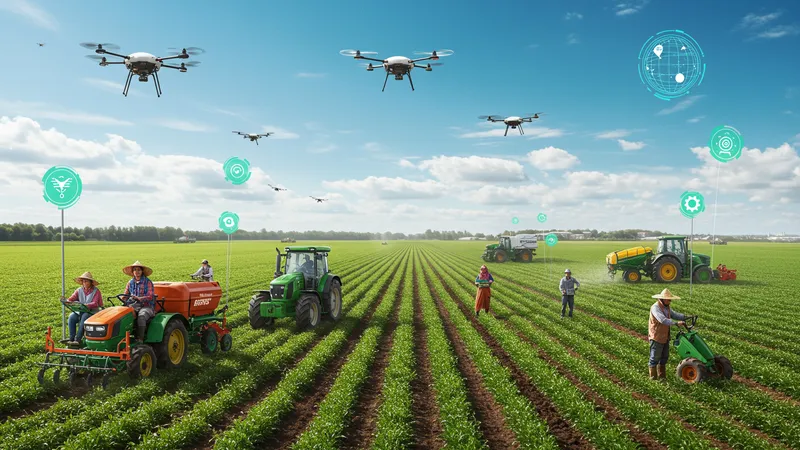
For years, farmers have been at the mercy of unpredictable weather and fluctuating market prices, crippling their income and leading to significant debt. What many don't realize is that certain government initiatives are not only designed to mitigate these risks but also introduce cutting-edge technology into farming practices. Imagine a world where farmers can predict weather with pinpoint accuracy and even access state-of-the-art machinery without crippling costs. But that’s not even the wildest part…
Unbeknownst to many, comprehensive governmental support now extends to hands-on training and educational programs, tailored to make farmers experts in sustainable agriculture. The goal is to empower them not just to survive, but thrive in a modernized environment. With increased focus on organic farming, farmers are becoming environmental stewards while increasing their profit margins. And the surprise is, the success stories are pouring in faster than anticipated. But the full scope of these stories is just a part of what's to come…
As we've unearthed these intriguing insights into the upcoming schemes, one thing is clear: the challenges facing the agricultural sector are no longer insurmountable. What happens next shocked even the experts, and these hidden truths are only the beginning of what's in store for 2025's innovative farmers' schemes…
While many might consider farm insurance a tedious formality, the Pradhan Mantri Fasal Bima Yojana (PMFBY) is creating ripples with its revolutionary approach. Gone are the days of lengthy claims and delayed relief—the scheme now promises turnaround times faster than ever before. With new technology-driven solutions, farmers can file and track their claims on mobile apps, a significant leap forward considering the traditional hurdles. But there’s one more twist…
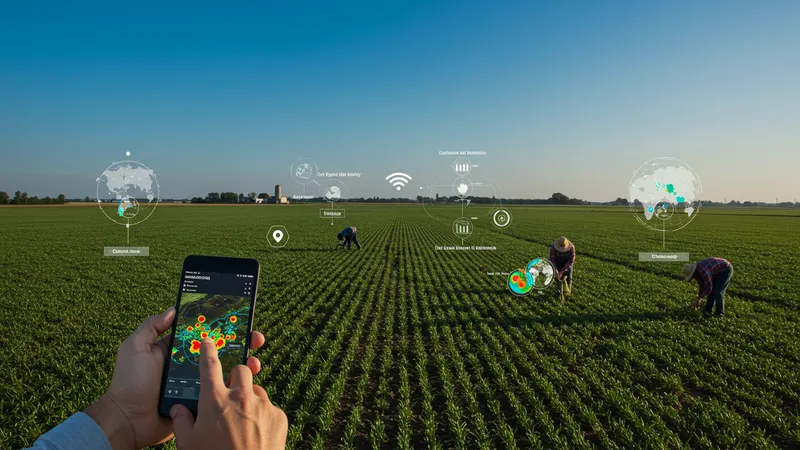
Data analytics is quietly playing an instrumental role. By leveraging satellite imagery and advanced weather forecasts, the insurance scheme significantly increases the accuracy of risk assessment and claim disbursement. It's like having a touch of NASA in farming fields. The scheme is economically insulated, managing to remain sustainable even in regions where environmental conditions can be severe. And surprisingly enough, the farmers barely feel the brunt as premiums remain affordable. What you read next might change how you see this forever.
The funding mechanisms for these schemes are equally intriguing. With strategic partnerships with both national and international bodies, the government ensures that schemes are well-funded and viable in the long term. This synergy not only attracts more investors but gives a significant morale boost to farmers, knowing that they have a solid financial safety net. But the paradigm shift doesn’t just stop here...
Community engagement has been redefined, with local bodies now more involved than ever in scheme implementation. The decentralization not only ensures transparency but creates numerous employment opportunities in rural areas, amplifying the impact beyond just the farming inclination. This holistic approach means the entire community sees benefits, sparking hope where despair once reigned. And with that, the landscape of agriculture continues to transform in ways no one anticipated... But the revelations don't stop here.
What if I told you that acquiring a substantial amount of farming credit has now become simpler than ever? Enter the Kisan Credit Card scheme. Its revamped model not only cuts out substantial paperwork but ensures faster credit approval, placing money in the farmers' hands precisely when they need it. The remarkable ease with which farmers can access funds ensures they don't miss critical seasons due to lack of resources. But this isn't just about faster money...
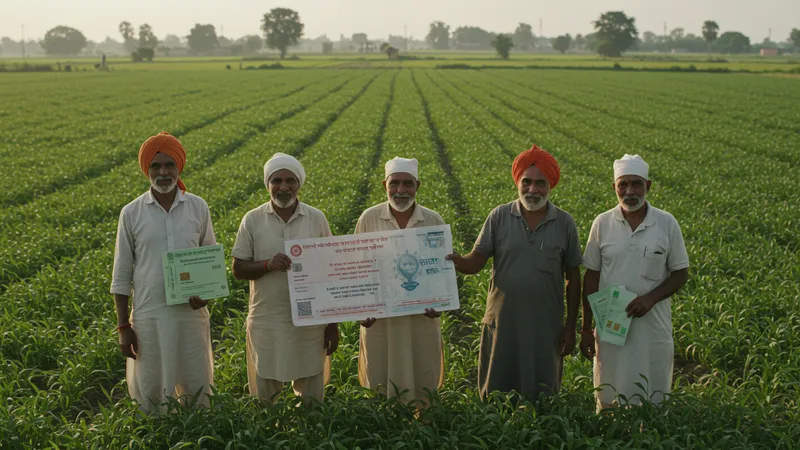
The interest rates have been tweaked to be more farmer-friendly, lower than traditional loans, thereby easing the debt burdens that have plagued farmers for years. Favorable repayment terms have also been introduced, aligning repayment with crop cycles instead of arbitrary deadlines. It’s a deft move, bringing a sigh of relief to countless farmer families worrying about future harvests and repayments. And the transformation doesn't end there...
Empowered with financial freedom, farmers now take calculated risks, experimenting with crop diversification that was previously unthinkable. This shift has led to an upswing in agricultural innovation, driving self-reliance and sustainability. Even market access is improving, allowing farmers to sell directly to consumers and create bypass traditional market leeches. But the financial evolution is far from over...
Partnerships with fintech firms are fostering a digital revolution, simplifying transactions and ensuring timely payments. Imagine no more sweltering afternoons in loan offices and instead, banking with a swipe of a finger. These efforts not only enrich the financial landscape but enhance security, creating an ecosystem where fraud has little space to breathe. But what’s coming next, as you will see, blows conventional farming notions out the window...
Technology-infused farming is not just a concept for tomorrow—it's a reality today. Government schemes now integrate direct technology training for farmers, making previously daunting technology accessible to even the remotest villages. Drones monitoring crops, IoT devices tracking soil health, and real-time data insights guiding planting decisions are just the start. The era of guessing games is over, and the age of informed decisions is here. Yet, the innovation ladder is only half-climbed...
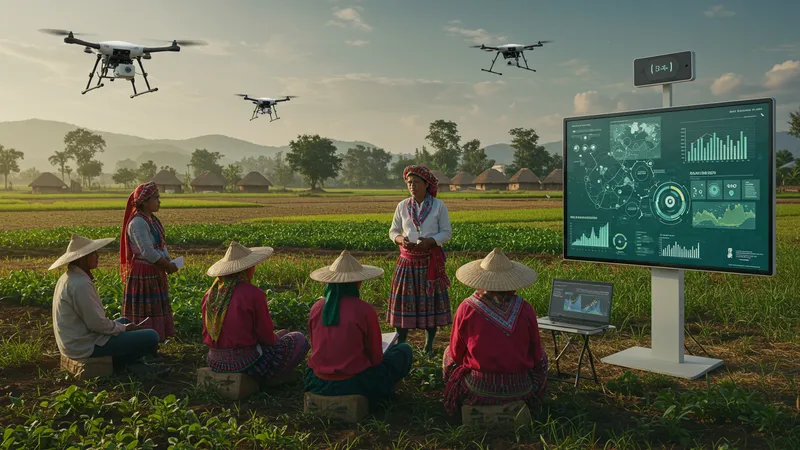
Workshops and training camps bring practical knowledge right to the farmers, reducing the digital divide that has long held rural areas back. These insights empower farmers with an innovative edge, fostering a culture of problem-solving and forward-thinking that fuels agricultural innovation. But the spotlight doesn't stop there...
AI-powered applications are transforming the supply chain, predicting crop demand and adjusting planting cycles proactively. This smart farming ensures crops are grown in harmony with market needs, minimizing waste while maximizing profits. The leap from traditional practices to this interconnected web astonishes even the most seasoned farming veterans. But there's another unexpected benefit...
By training younger generations in these technologies, agriculture is experiencing a renaissance among youth—a demographic once drifting towards urban prospects. This rejuvenation infuses fresh ideas and reinvigorates rural communities, creating a vibrant, thriving agricultural ecosystem set to redefine the sector's potential in unprecedented ways. Keep reading, as the momentum only builds stronger from here...
Imagine a world where farmers come together to share resources, technology, and knowledge, reducing individual costs while amplifying revenue. This seemingly utopian concept is becoming a reality with the push for cooperative farming models driven by new government schemes. They probably hold the key to future sustainable farming practices. But what does cooperative farming truly entail?
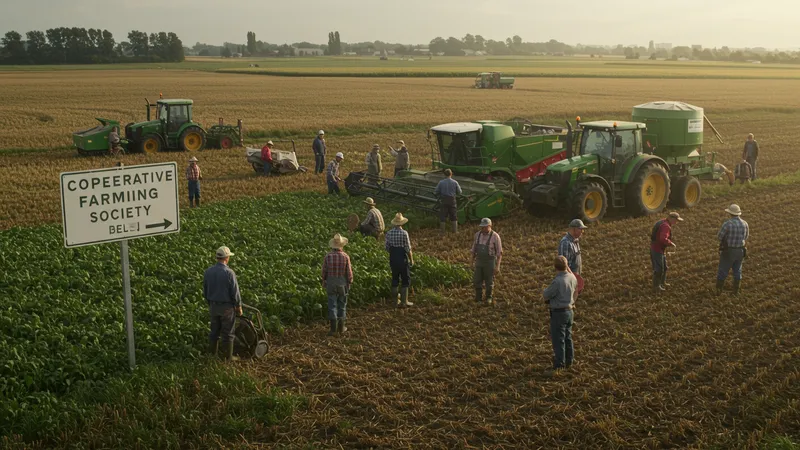
Pooling resources like tractors, harvesters, and workforce not only reduces costs but ensures optimal use of these sometimes prohibitively expensive assets. These cooperative societies are empowered through subsidies and low-interest loans, allowing them to thrive without the typical financial dread. And the collective model doesn’t just end with resources...
Knowledge sharing becomes the backbone of these cooperatives. Ideas and success stories circulate faster than ever, turning local wisdom into actionable strategies that every farmer can benefit from. The hybridization of traditional methods with modern practices is nothing short of revolutionary, fundamentally altering how we perceive farm management today. But there's another dimension waiting to be explored...
As cooperatives stratify into specialized groups—whether by crop type or technology adoption level—they create niches that maximize productivity outputs while reinventing traditional value chains. This adaptive approach keeps agriculture flexible and resilient against market and environmental fluctuations. But the story doesn’t stop here...
The era of choosing between sustainability and profitability is over. Today’s government schemes bridge this gap with initiatives that make environmentally friendly practices not only feasible but incredibly profitable. Green farming technologies are no longer the outliers but quickly becoming the norm, promising more than just a reduction in carbon footprints. But how do these schemes support both mandates?
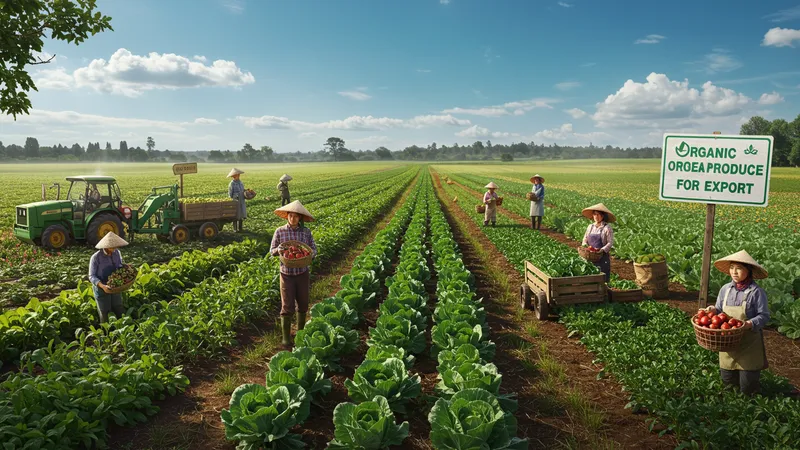
Subsidized access to eco-friendly equipment and organic fertilizers allows farmers to adopt green methods without needing deep pockets. These eco-friendly practices preserve soil fertility, reduce water usage, and cater to an increasing demand for organic produce. This not only elevates local brands but edges them into lucrative export markets. But there’s a larger picture at play...
Environmentally-focused training ensures that adopting sustainable practices becomes second nature to farmers. As part of the scheme, farmers participate in sustainability workshops, where they learn regenerative farming techniques and earn certifications that bolster their marketability. These sustainable practices inject new life into previously exhausted lands, with many witnessing increased yields and healthier environments. But here's the surprise twist...
The emphasis on sustainability now pays financial dividends. Carbon credits and environmental incentives offer farmers supplementary income, on top of their agricultural earnings—transforming green initiatives from mere environmental considerations into dynamic economic opportunities. But as you’ll soon find out, the vision for future farming expands even further...
Seamless logistical networks have remained elusive for farmers for decades. The latest government schemes aim to unravel this knot, focusing intensely on improving logistics and access to markets. Bringing smarter systems into the fold of farming practices means farmers today are able to bridge gaps that once seemed impossible and exponentially increase their market access. But let's break down how logistics are being revolutionized...
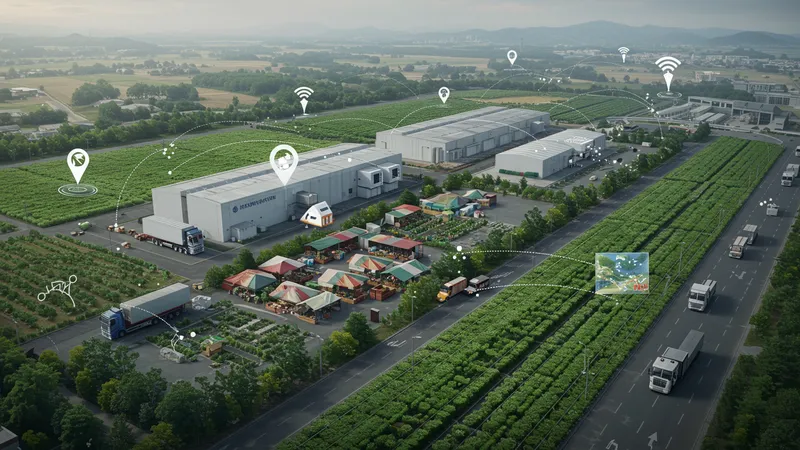
The introduction of modern transportation networks ensures timely delivery of produce at competitive prices. Strategically placed cold storage facilities mean that crops remain fresh longer, dramatically reducing waste while keeping markets well-stocked. More importantly, farmers now have direct access to buyers—not just locally but globally, transforming traditional supply chain constraints. But logistics are just one half of the story...
Digital marketplaces have come into play, connecting farmers and buyers directly. With the flick of a button, farmers can negotiate prices, schedule deliveries, and even plan their crop cycles based on market demands. This integration of e-commerce into agriculture demolishes traditional market barriers, paving new paths for farmers to reach broader audiences. But as dramatic as this change is, there's another layer yet to uncover...
AI-driven logistics refine dispatch, ensuring optimal routing and scheduling, minimizing transit times, and reducing environmental footprints. This precision logistics fosters a bold vision for the future where high-demand markets and farmer capabilities are harmonized seamlessly. But what lies next may redefine agricultural logistics entirely...
The vision of farming is expanding, rising—literally! Vertical and urban farming are no longer just buzzwords; they are rapidly becoming integral facets of modern agriculture, fueled by government incentives. The embracement of unconventional farm spaces introduces a level of productivity impervious to traditional constraints. But what is the true potential of these innovative farming methods?
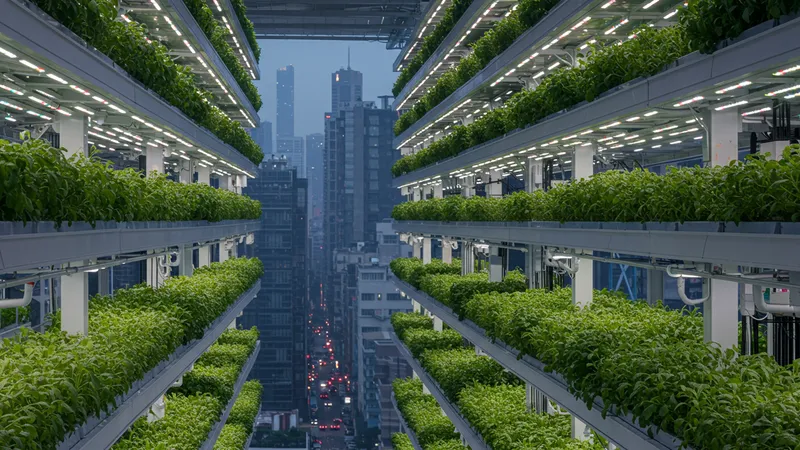
Vertical farms allow the cultivation of unprecedented quantities within confined urban spaces. These farms promise not only the scalability of operations but significant reductions in water usage and elimination of pesticide reliance. These urban and vertical agricultural setups offset environmental impacts typically associated with traditional farming. But that's just scratching the surface...
Government schemes provide significant tax incentives and technical support to pioneers willing to explore and expand these ventures. The synergy between local government plans and farmers is crucial, creating a backdrop where urban farming is not just feasible but the trend of the future. The prospects extend further than just local cities...
Urban farming reinvigorates urban communities with fresh produce, reduces transportation costs, and slashes carbon footprints associated with long-distance food logistics. These models infuse cities with a green hue, turning sterile concrete jungles into productive sanctuaries of sustainability. But the innovation game is just beginning... What lies on the horizon is even more fascinating...
Another groundbreaking shift is the central role of women in agriculture, backed by dynamic support schemes. Not only do these schemes provide financial assistance, but they champion women-led initiatives, nurturing a robust framework for gender equality in farming. But what are the unique specifics of these initiatives?
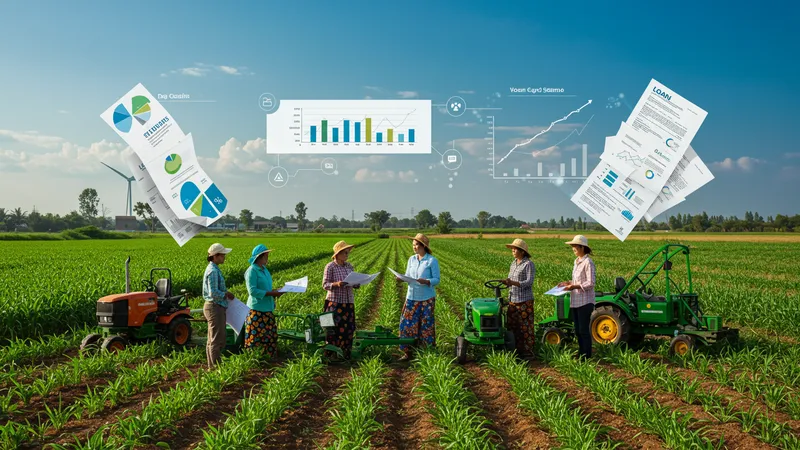
Training programs tailored specifically for women ensure they gain technical skills and leadership capacity to blaze new trails in agriculture. Loan schemes with favorable terms are helping women break free from traditional restraints, encouraging entrepreneurship and self-reliance. But the impact stretches beyond finances...
Women, traditionally the backbone in silent, supportive roles, now take center stage as key players in decision-making processes, fueled by concerted efforts to balance gender scales. The social impact of these transitions reverberates through rural communities, fostering inclusivity and resilience. But the revolution is far from complete...
With support arms reaching even into education and healthcare, these schemes address the multi-faceted challenges faced by women in agriculture. Creating a supportive ecosystem means women are no longer confined to sidelines but drive pivotal transformations in production and community well-being, uprooting entrenched gender norms along the way. Stay tuned as the narrative continues to evolve...
Securing credit has always posed significant roadblocks to farmers, but that juncture is undergoing a transformational overhaul through targeted agricultural credit systems. These systems, tailored specifically for varying agricultural demands, are proving to be crucial safety nets. Yet, what transformative elements do these schemes actually entail?
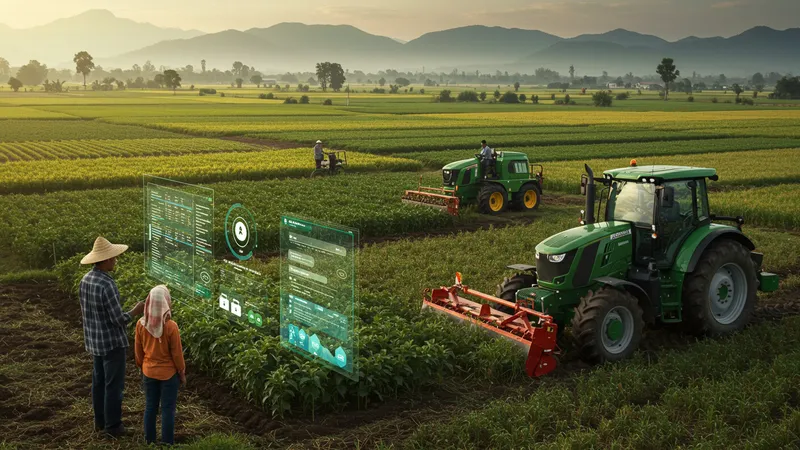
Instantaneous farm credit serves as a buffer against market volatility, allowing farmers to adapt swiftly as needs arise. This financial nimbleness significantly enhances their capacity to react and capitalize on favorable market conditions while mitigating risks. But more radically...
The schemes retain a unique scalability, adapting effortlessly regardless of crop type or farm size. This inclusivity ensures that whether managing sprawling fields or boutique farms, farmers have equal opportunity to leverage credit benefits, amplifying their productivity outcomes. And there's more driving this change...
Venture capital now blends seamlessly with traditional agricultural finance structures, permitting innovative agriculture tech startups to flourish alongside farmers, offering new tools and market solutions. This synergy expedites technological adoption and heightens productivity, reaffirming an agriculture sector poised for disruption. But as captivating as this is, our journey is far from concluded...
The energy requirements of today's modern farms extend beyond the archaic grid reliance. Government schemes promoting renewable energy solutions aim not only to cut carbon footprints but redefine energy consumption in farming. These pioneering initiatives mean farmers are no longer tethered to conventional energy constraints. But what are the nuances of this energy transformation?
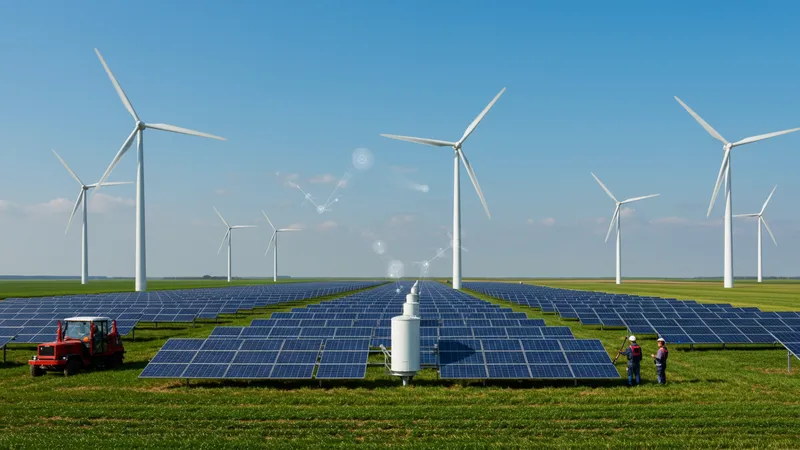
Substantial subsidies on solar panels and wind turbines enable farms to operate on sustainable energy. This energy independence promotes substantial cost savings over time, reallocating funds previously reserved for high energy bills to more productive pursuits. Interestingly...
The shift towards sustainable power also incentivizes rural electrification in underdeveloped areas, contributing to the upliftment of entire communities, not just isolated farms. The reach of renewable energy thus tethers seamlessly to broader socio-economic benefits, introducing elements of change that ripple far beyond the individual farms. However...
The localized power grids supporting these energies adapt dynamically, affording farmers unmatched flexibility and control over their energy utilization patterns. This positions farmers at the forefront of a green energy revolution, offering tangible solutions and bridging critical energy access gaps. But, it’s the forward momentum of this transformation that pulls us deeply into the implications... Keep following along for more revelations...
The infiltration of artificial intelligence in agriculture is shattering conventional farming paradigms, bringing staggering efficiencies and insights into practice. This leap is unprecedentedly remarkable, promising boosts like never before, driven by strategic government interventions. However, what does AI really translate to, on the field level?
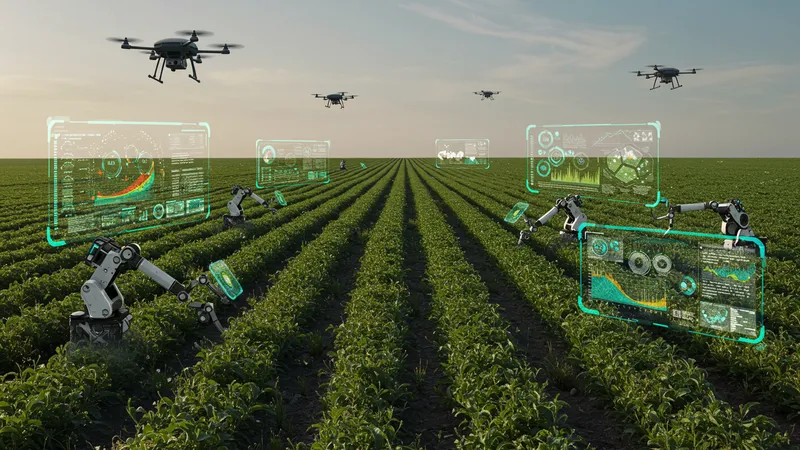
AI can decipher complex weather patterns, forecast crop health, and provide predictive insights that empower farmers to optimize their yields, preemptively spearheading challenges. These unprecedented capabilities mean AI farming intelligence serves as a friendly advisor in the fields, guiding from planting to harvest. But cutting-edge practices don’t just stop there...
Machine learning models are tailored to synchronize with farmers’ data, fine-tuning recommendations to cater to specific requirements rather than adopting generic solutions, boosting efficiencies profoundly. The integration paves the path for more intelligent agricultural methods, and this is only the beginning of data-driven agriculture...
Data gathered paves the path towards comprehensive analytics, offering farmers actionable intelligence—creating a decision-making landscape built on accuracy, innovation, and precision. This positions farmers as formidable players armed with foresight in an arena traditionally prone to uncertainties. But what's poised on the horizon may redefine the very farming framework...
Organic farming is experiencing an unprecedented revival as consciousness about health impacts and sustainability grows. Government schemes promoting organic growth offer fertile ground for this resurgence, with incentives and supports now greater than ever. But what sparks this organic renaissance so dynamically?
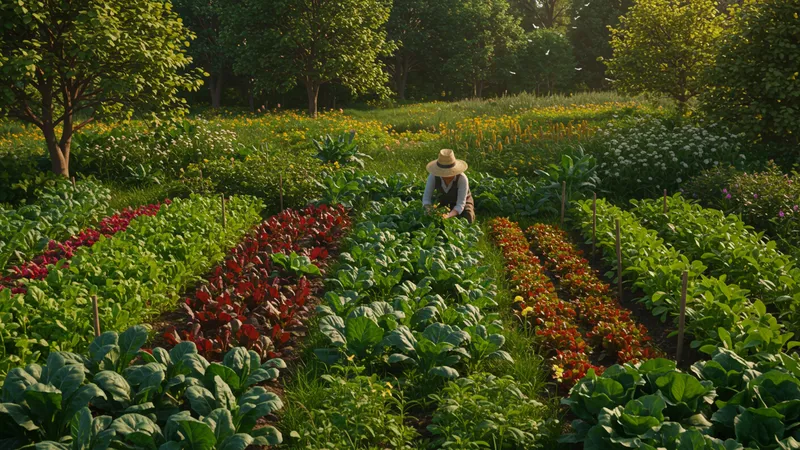
The integration of organic principles ensures an alignment of agricultural practices with natural cycles, rejuvenating soils and enhancing biodiversity. This approach provides a sustainable antidote against the backdrop of chemical agriculture's residues, promising healthier produce that's resonating with health-conscious consumers who demand authenticity. But beyond the ethical promise...
Organic certification now encompasses technical support packages, facilitating farmers towards achieving the coveted status with greater ease, unraveling former hurdles, and ushering in wider market acceptance. This strategic push ensures organic produce meets soaring global expectations without sacrificing farmer autonomy. But intricacies of organic growth offer captivating narratives...
Financial incentives ensure organic farming becomes a profitable venture. Increased consumer willingness to pay premiums for organic products means farmers accrue strong returns for adhering to organic codes. This financial allure acts as the golden carrot, redefining traditional farming pursuits and recalibrating priorities. But even as these unfold, the plot thickens, weaving fresh perspectives...
Smallholder farmers have often found themselves on the margins, battling insurmountable challenges. However, latest central schemes specifically target this demographic, leveling the playing field in what has often been an inequitable sector. But what preferential changes do these schemes offer at a glance?
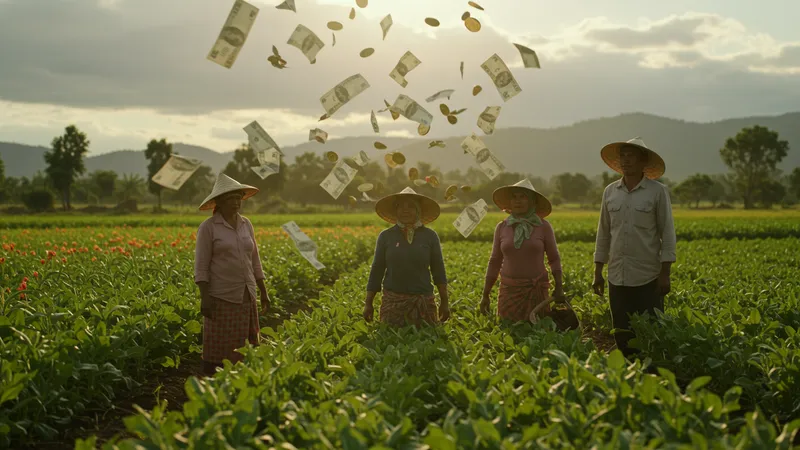
Priority access to subsidies and loans means the smallest of farmers can leap into productivity free from financial apprehensions. These redirected substantial government funds shift focus to inclusivity and empowerment, igniting hope for resilience amidst adverse conditions. That’s not all...
Training and education programs bridge critical knowledge gaps, equipping smallholders with tools that were traditionally inaccessible, reversing dependency on antiquated methods. This builds an unshakable foundation of self-sufficiency and longevity, instilling confidence within micro-level ecosystems. Yet, there's more that broadens this view...
Collective bargaining power arises when smallholders organize into networks through these initiatives, offering them negotiating leverage previously inaccessible. This grants them a voice and a hand in competitive markets, reinvigorating a sense of agency over their circumstances. But there's still a surprising twist in this tale waiting to unfold...
Livestock farming is undergoing its own transformation under new government attention, with innovative schemes designed specifically to elevate the domain. These changes not only promise to rejuvenate practices but indirectly benefit agricultural sectors reliant on superior animal health. What makes these developments such a game changer?
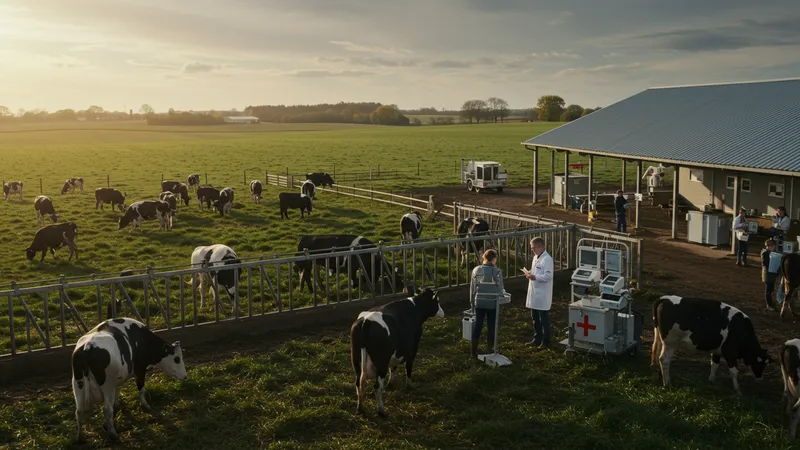
Healthcare schemes prioritize vaccinations, preventative measures, and disease surveillance, ensuring livestock health reaches optimum levels; this reduces fatalities and boosts productivity. In turn, these improvements cascade into wider agricultural ecosystems where livestock plays a pivotal role. But deeper benefits emerge...
Nutritional support and genetic upgrades offered through schemes mean a higher standard of output, whether in meat, milk, or labor. Selective breeding programs combine traditional knowledge with scientific advances, marking a fusion of practices that elevate livestock potential exponentially. However, the intrigue deepens...
Economic incentives ensure that these improvements translate into higher profits, attracting new entrants into the livestock sector. Support circulates through subsidies, market connectivity, and infrastructure investment—creating a cycle of growth that revitalizes rural economies, paving the way for a new era of livestock excellence. But as progress dots this landscape, an epilogue hints at a concluding tale yet unwritten...
At the very core of these mind-boggling developments lies one fundamental truth: Embracing these government schemes can unlock untapped potential, breathing life into agriculture in ways few thought possible. From farm insurance breakthroughs to radical logictical networks, each scheme unfolds a unique layer of opportunities that redefines agrarian norms.
As the story threads together a future of innovation and sustainability, don’t let the journey stop with you. Feel empowered to share these insights, prompt discussions, and champion these vital schemes that hold the promise of sweeping agricultural evolution. Get involved now and become part of the unfolding landscape that could ultimately alter food production myths—one seed at a time.